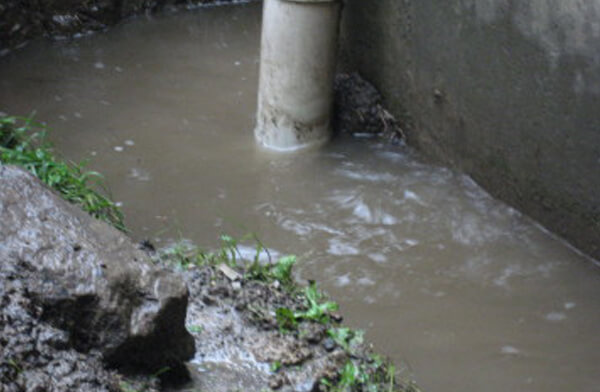Just how to Check If Your House Has a Concealed Leakage
Just how to Check If Your House Has a Concealed Leakage
Blog Article
Were you searching for details around Leaking water lines?

Early discovery of dripping water lines can mitigate a possible disaster. Some little water leaks may not be visible.
1. Take A Look At the Water Meter
Every residence has a water meter. Inspecting it is a proven way that aids you find leakages. For starters, switch off all the water resources. Make sure no one will purge, make use of the tap, shower, run the washing device or dishwasher. From there, go to the meter and watch if it will alter. Given that no person is utilizing it, there must be no activities. That shows a fast-moving leakage if it relocates. If you detect no adjustments, wait a hr or two and inspect back once again. This suggests you may have a slow-moving leak that can even be below ground.
2. Inspect Water Consumption
Examine your water bills and track your water consumption. As the one paying it, you need to observe if there are any type of disparities. If you spot sudden changes, despite your consumption coinciding, it means that you have leaks in your plumbing system. Keep in mind, your water expense should drop under the same array each month. A sudden spike in your bill shows a fast-moving leakage.
A consistent boost every month, even with the exact same behaviors, reveals you have a sluggish leak that's also gradually intensifying. Call a plumber to thoroughly examine your home, particularly if you feel a warm area on your flooring with piping below.
3. Do a Food Coloring Test
30% comes from commodes when it comes to water usage. Test to see if they are running correctly. Drop flecks of food shade in the tank and also wait 10 mins. If the shade in some way infiltrates your bowl during that time without flushing, there's a leak in between the container and bowl.
4. Asses Outside Lines
Do not fail to remember to inspect your outdoor water lines too. Should water permeate out of the connection, you have a loose rubber gasket. One small leakage can waste heaps of water as well as surge your water bill.
5. Examine the situation as well as inspect
Homeowners should make it a practice to examine under the sink counters as well as also inside closets for any kind of bad odor or mold and mildew growth. These 2 warnings indicate a leak so timely focus is called for. Doing routine assessments, even bi-annually, can conserve you from a major problem.
Examine for discolorations and also deteriorating as the majority of pipelines as well as appliances have a life span. If you believe leaking water lines in your plumbing system, do not wait for it to rise.
Early discovery of leaking water lines can mitigate a prospective calamity. Some little water leaks may not be noticeable. Inspecting it is a proven means that assists you uncover leaks. One little leakage can throw away lots of water and spike your water expense.
If you presume dripping water lines in your plumbing system, don't wait for it to intensify.
WARNING SIGNS OF WATER LEAKAGE BEHIND THE WALL
PERSISTENT MUSTY ODORS
As water slowly drips from a leaky pipe inside the wall, flooring and sheetrock stay damp and develop an odor similar to wet cardboard. It generates a musty smell that can help you find hidden leaks.
MOLD IN UNUSUAL AREAS
Mold usually grows in wet areas like kitchens, baths and laundry rooms. If you spot the stuff on walls or baseboards in other rooms of the house, it’s a good indicator of undetected water leaks.
STAINS THAT GROW
When mold thrives around a leaky pipe, it sometimes takes hold on the inside surface of the affected wall. A growing stain on otherwise clean sheetrock is often your sign of a hidden plumbing problem.
PEELING OR BUBBLING WALLPAPER / PAINT
This clue is easy to miss in rooms that don’t get much use. When you see wallpaper separating along seams or paint bubbling or flaking off the wall, blame sheetrock that stays wet because of an undetected leak.
BUCKLED CEILINGS AND STAINED FLOORS
If ceilings or floors in bathrooms, kitchens or laundry areas develop structural problems, don’t rule out constant damp inside the walls. Wet sheetrock can affect adjacent framing, flooring and ceilings.
https://www.servicemasterbyzaba.com/blog/how-to-detect-water-leakage-in-walls/

I am just very serious about Detecting hidden plumbing leaks and I'm hoping you appreciated my blog posting. Do you know somebody who is in to the topic? Why not share it. Thanks so much for taking the time to read it.
Report this page